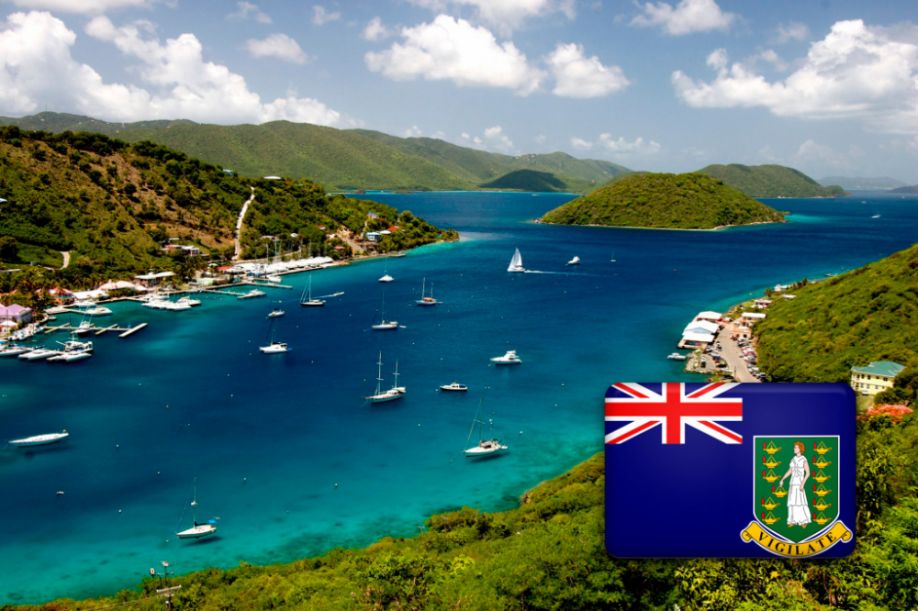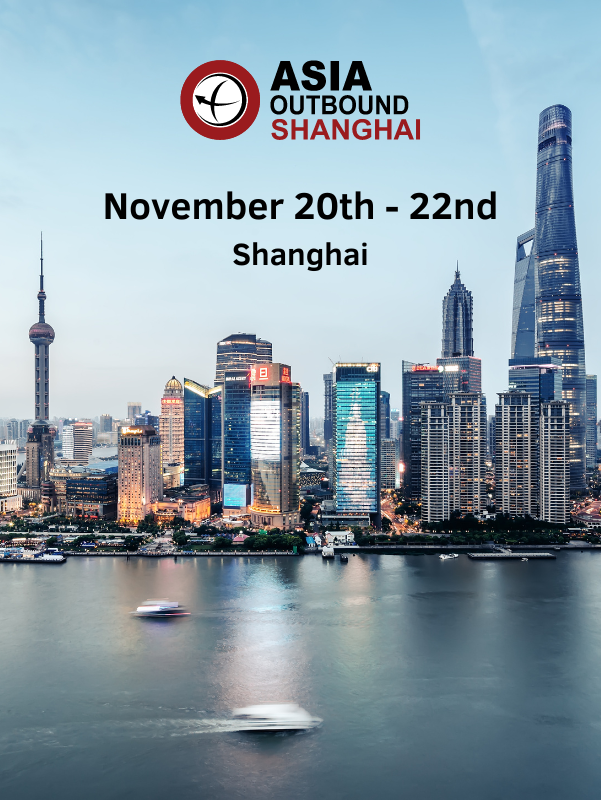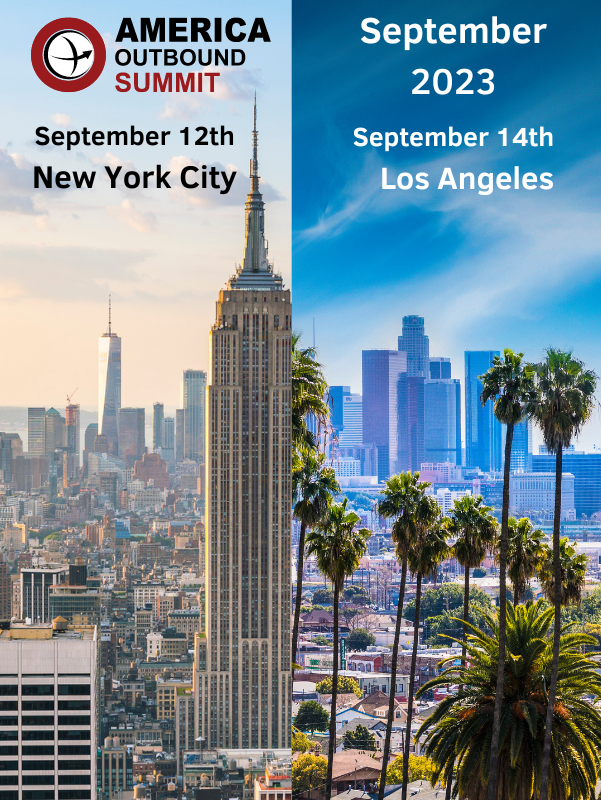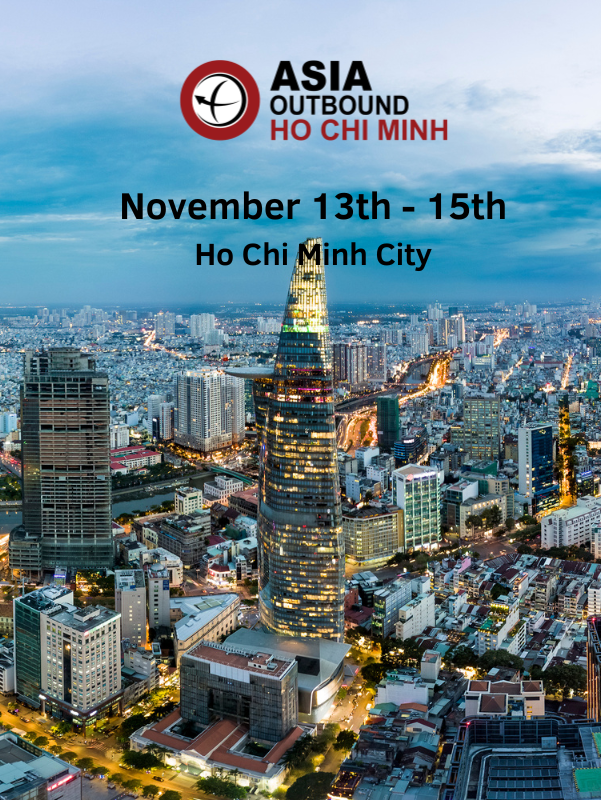In the center of the ocean stands Mauritius and the Seychelles, the Indian Ocean's self-described financial centers, further to the north the gulf states, particularly Dubai, supply beneficial tax access to the quickly growing middleeastern market. Chinese companies seeking to trade along the burgeoning routes to India, Africa and the Arabian Gulf are using these centers not just to minimize tax, but as manufacturing and transshipment hubs, as well as staging points to enter the region's trading blocs - but they are faced with difficult choices. The answer, according to Jack Wu of Zetland Fiduciary in Shanghai, lies in creating "the right investment structure, and making sure that structure is convertible and connectable, both in the target market and the investor's country of domicile."
In 2008, Chinese trade with Africa totaled $106 billion, up a whopping 16 fold from $6.5 billion in 1999. Chinese trade with the Middle East is not far behind, and was predicted to top $100 million this year, before the financial crisis took a chunk out of global trade. China was India's largest trading partner in 2008, despite closed land borders, with two way trade reaching $51.8 billion. It is expected to reach $120 billion by 2012. The increase in trade as well as its sheer volume is staggering, but trade has not, until quite recently, been matched by equally strong Chinese outward FDI.
In 2003, China's outward FDI totaled $2.8 billion, a paltry amount relative to global investment flows. By last year it had jumped to $56.53 billion, despite a nose-dive of 37% in global FDI. Although China's accumulated outward FDI by the end of 2009 still accounted for a minuscule 1.3% of the world's total, it is clear that the Chinese government's "Go Out" policy, intended to encourage local companies to expand operations beyond the country's borders, is translating into more Chinese projects along the Eastern coast of Africa and the Southern coast of Asia.
The government has in many ways acted as a stalking horse for private enterprise. It has gone ahead into countries that Chinese investors perceive as high-risk, particularly in Africa, offering interest free or preferential loans and its own brand of aid. Chinese state owned enterprises have set up shop in countries largely ignored by companies from the developed world, constructing infrastructure that will enable whole regions - Africa, the Middle East and the Indian Subcontinent foremost among them - to integrate more fully with the global economy. They are building deepwater ports in Bangladesh, Sri Lanka and Pakistan - the so called "string of pearls" - railway lines across the Arabian Peninsula and everything from stadiums to mobile phone networks and mines in Africa - sometimes at a significant financial loss. On top of this, the Chinese development model is gaining adherents across the Indian Ocean region, and special economic zones like those found on China's eastern seaboard are under construction in countries as diverse as Zambia, Egypt and, to India's consternation, Bangladesh.
In the wake of this expansion, private Chinese enterprises have started to follow, seeing markets for Chinese produced goods, and resources that can be dug up and sent back home.
Islands Apart.
Few places have had more reason to pay attention to the explosion in Chinese FDI than the Indian Ocean's financial centers.
Dubai is the largest, most truly global financial center in the region. It has a range of different tax free zones, targeting different sectors, and a sophisticated stock exchange. The Jebel Ali Free Zone, established in 1985, is the oldest of these, and is older than its equivalents in both Mauritius and the Seychelles. As one of the seven emirates that make up the UAE, Dubai has access to the country's double tax agreement with China, which has been in place since 1995. It is a good point of entry to the MENA (Middle East and North Africa) region, around which it has built some interesting products, including the MIGA Political Risk Guarantee Program, which guarantees a range of cross-border direct investments in the region against governmental malfeasance. MIGA has been used to insure investments in Afghanistan as well Gaza and the West Bank. Dubai is also a important centre of Islamic finance, which has surprised many by appealing to the preference many Chinese investors have for secure, straightforward financial products.
According to the Sovereign Group, roughly 3,000 Chinese enterprises are registered with the UAE's Ministry of Economy and Free Trade Zones, with a total investment in joint venture projects exceeding US$4 billion. Nevertheless, Jack Wu says he only recommends the jurisdiction to his clients if they see Dubai as an export market. "For Chinese investors," he says, "Dubai is almost always a place to do business, rather than a place to move assets to, at least for the sake of asset protection." Wu says that interest in the jurisdiction peaked five to ten years ago, when a wave of Chinese wholesalers and retailers opened up shop there.
More recently, China and by some definitions the world's largest bank, ICBC, obtained a license to operate in Dubai. According Ben Simpfendorfer, the Royal Bank of Scotland's chief China economist, this could reduce the importance of special tax structures as vehicles to enter the UAE and the Middle East. "It increasingly makes more sense," he says, "for Chinese companies to operate through Chinese banks in that part of the world. But whether or not they want to is not yet clear."
Wu is much more enthusiastic about the potential of a relative newcomer, the Seychelles, for Chinese investors. He says that in most cases he advises his clients in Shanghai to use the Seychelles ahead of Mauritius and Dubai. "First, it is newer, second it has a better double taxation agreement with China." It is, he says "as simple as that."
To benefit from the Seychelles' double taxation agreements and the jurisdictions' membership of COMESA, a free trade area and customs union incorporating 19 southern and eastern African states, investors need to register a CSL, instead of the more traditional IBC, a product generally used only for asset protection. CSLs allow companies to pay just 1.5% tax of income worldwide, which can be further reduced to 0% after allowance for foreign tax paid.
Although the Seychelles passed Legislation creating the jurisdiction's free trade zone in 1995, it was not until the country was bailed out by the IMF and forced to float its currency and lift foreign exchange controls in 2008 that it became an offshore financial center of choice. Direct investment in the Seychelles has jumped up since then, topping $1.1 billion last year, its highest level ever. That this happened at roughly the same time as Chinese enterprises started looking for new ways to move their money abroad might have helped to create a lasting relationship.
Leah Scott, an associate at Appleby Global's Seychelles office, says "the political climate has stabilized and direct investment has increased as a result." Scott says that "the Seychelles has evolved to work really well for China, in the same way that Mauritius works well for India."
Mauritius does work well for India - incredibly well. (Mauritius does not, on the other hand, work so well for the Indian government, which has accused it of helping Indian companies evade taxes.) The country is India's largest single source foreign investor, with a total of US$39 billion that accounts for almost half of accumulated FDI.
It works well for other places too. Mauritius is a member of both COMESA and the Southern African Development Community. It has agreements for tariff free export of textiles to Europe and Africa, and a network of 33 double taxation treaties, compared to the Seychelles' 13 - one of which is, of course, with China. Income tax on its equivalent of the CSL, the GBC I is slightly higher at 3%, and has marginally higher administration costs. But Mauritius is much better established than the Seychelles, with a much deeper talent pool and better infrastructure.
None of which normally matters, says Wu. "The only thing that matters," he says, "is the country you're targeting. If you're going to be doing business with Kenya, for example, you only need a DTA with Kenya." But for larger players, like the China-Africa Development Fund, Mauritius makes more sense.
Set up with a $1 billion loan from the China Development Bank in 2007, the China-Africa Development Fund dispenses capital to private Chinese enterprises engaging in infrastructure construction, agriculture, manufacturing and electricity projects from the island. Investments facilitated by it are estimated to account for more than 30% of China's combined investments in Africa during 2009, and the first $1 billion has been almost entirely disbursed. The second round of fund raising, expected to attract another $2 billion over three years, began last May. The fund is a good example of how closely business and the Chinese state are connected. It was established after an announcement by Hu Jintao at the 2006 China-Africa summit, and the fund's target of eventually disbursing $5 billion was defined by the country's central government.
More than just tax
Despite China's preferential double taxation agreement with the Seychelles, and its present vogue among Chinese investors, it is also in Mauritius that the next stage of Chinese involvement in the region is most obvious. China has chosen it as the site for one of the numerous special economic zones it is constructing in Africa. The Jin Fei Trade and Economic Zone, being built with $2.5 billion of Chinese money, will function as a base for Chinese companies in the region, and greatly improve Mauritius's manufacturing capacity and importance as a port. India too is using Mauritius for more than just asset protection. The Ebene Cyber City, modeled on India's IT hubs, was built with the assistance of the Indian government, to the extent that the most important building on the site, Ebene Cyber Tower One, was inaugurated by Indian President Manmohan Singh.
The Chinese government has also earmarked $6.4 million for as of yet unannounced project in the Seychelles, and although many of the companies specializing in the financial and legal services that make offshore financial centers work seem happy to operate out of both jurisdictions, Mauritius and the Seychelles are ultimately competing for a share of the same market. Geography might eventually prove crucial, and in this, the Seychelles has a clear advantage. It is eight hours closer to Africa's east coast, and offers a much more direct path to China. The country also has one of the world's deepest natural harbors, but again, this is much less developed than its Mauritian equivalent, Port Louis, which is currently the largest container handling facility in the Indian Ocean.
As China's trade and direct investment in the Indian Ocean region grow, its financial centers will, it is fair to assume, continue to evolve beyond simple tax havens. They will increasingly be at the center of China's resource and trade networks, as Dubai in many ways already is, and at the forefront of the country's commercial expansion beyond its own borders. All three have explicitly modeled themselves on Singapore, which owes its existence to Britain establishing a free port there almost 200 years ago. Trade with China and India offers them all an opportunity to follow through.
















